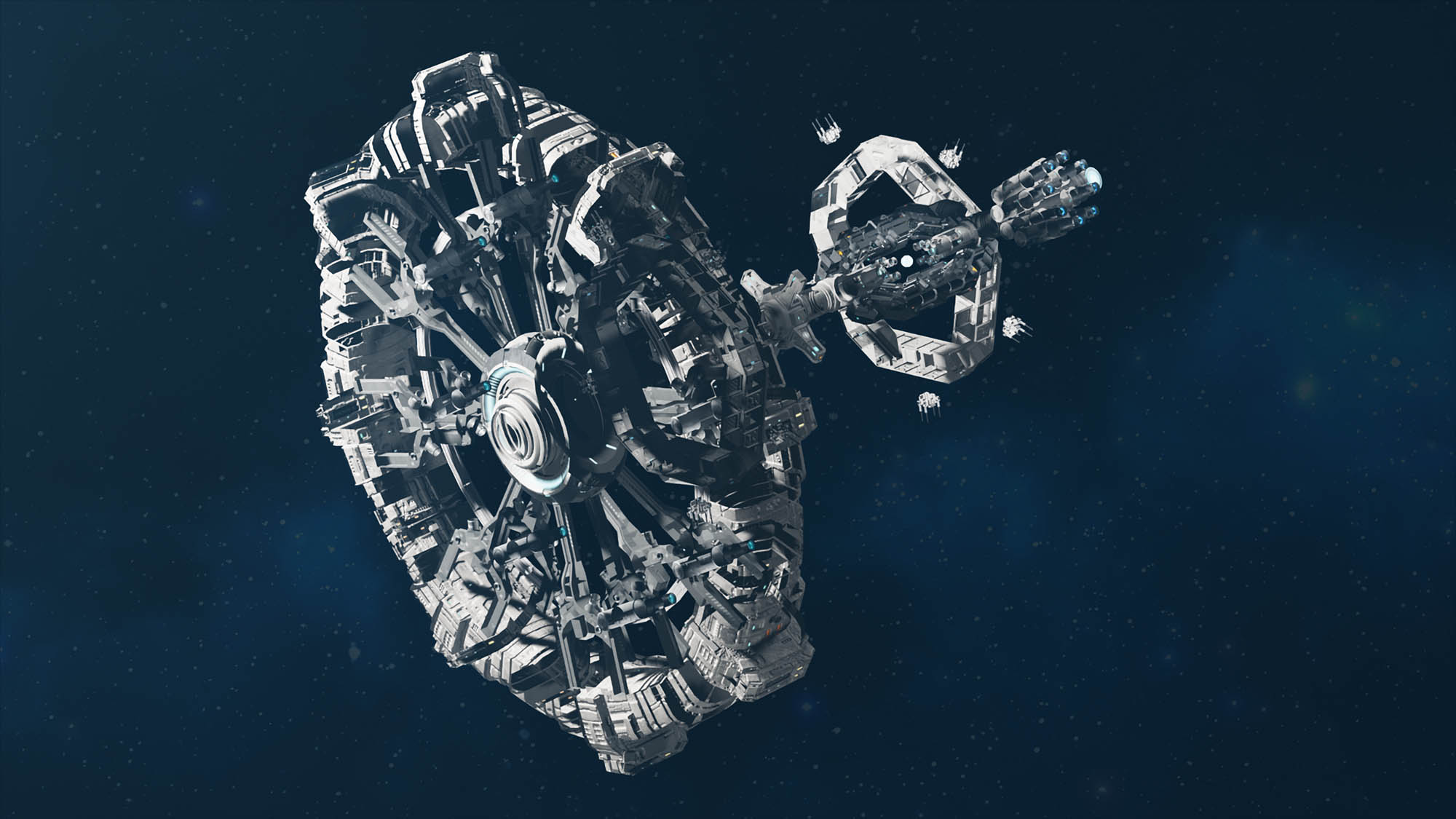
The Digital era has transformed the very essence of the way we live, as well as our perception of materiality and space. Art as a reflection of the changes in society have given momentum to a new medium of expression—digital art. Now, on the verge of this new space-age epoch, intangible and technological expressions of art are in sync with the development of humankind.
“Like the golden disk that was sent to extraterrestrial civilizations inside the Voyager in 1977, we will send a new message to the Universe,” says Anna Shvets, curator of the Art Spaceship, a large-scale international exhibition of digital contemporary art, which replicates the interiors of a real spacecraft through virtual spaces. The Spaceship was developed with the participation of practicing space architects and a strong international technical team.
Shvets agreed to share more with VENÜ about the nuances of the production process for this impressive show, and navigates us through the virtual spaces of the Art Spaceship.
How It All Began…
About a year ago, in the midst of pandemic, when all the art institutions were frozen, we at TAtchers’ Art Management started this collaboration with the V-Art digital platform (www.v-art.digital) on an ambitious mission: to expand the realms of art and create virtual exhibitions at a new level. Spaces that can be permanent in space expand the horizons of art presentation and perception and help to represent artistic research in all the depth.
With this aspiration in mind, TAtchers launched its first exhibition with an experimental space concept entitled ADRIFT/ becoming ocean, a digital show by Paul Rosero Contreras which displayed the results of expeditions to Galapagos Islands (2016-2019), Etna, Stromboli (2019), Antarctica (2013) and Amazonia (2013).
The project was situated on an island-cave in the middle of the ocean. The show was a great success, and it gave the team the courage to think about a new challenge. We started with this inspirational theme, asking “What concept can be stronger than Space?”
In November 2020 we announced #SpaceOpenCall and received more than 200 applications from 54 countries encompassing over 1.8 million people from all over the world. By January 2021, 21 projects had been selected by a jury of leading art and Space experts:
Maurice Benayoun – an artist, theorist and curator, a pioneering figure of New Media Art. Professor at the School of Creative Media, CityU Hong Kong, Founder of the Neuro-Design Lab.
Barbara Imhof – an internationally well-known space architect, design researcher and educator that has pioneered the field of ‘space architecture’ in Europe.
Valentino Catricalà – a scholar and contemporary art curator specialized in the analysis of the relationship of artists with new technologies and media.
Judy Mam is the co-creator of dada.art, the only visual conversation platform where people from all over the world speak to each other through drawings, making collaborative art.
Andres Burbano – an educator and researcher that explores the interactions of science, art and technology, concentrating on interdisciplinary collaborative work in the field of digital art.
Xin Liu – an artist and engineer, the arts curator in the Space Exploration Initiative in MIT Media Lab.
Working on the Art Spaceship we needed to not only create interiors that replicate spacecraft compartments, but also integrate art projects into digital environments while ensuring how maneuverable the application remains. One of our most important parameters was the possibility of experiencing space travel using even the most simple smartphone or tablet. Despite significant current breakthroughs in IT, and in showing digital art, we still need to contend with a gadget’s operational memory limits and the fact that sometimes internet connections are imperfect.
In our desire to give the audience maximum possibilities, we supplemented the application (in which the visitor may physically move through the sections of the space station) with a web version in three languages that includes additional information about artists and projects. We also released a catalog of essays by the participants and advisers of our intergalactic project.
Inside the Art Spaceship, artists, architects, engineers, researchers, IT specialists from Austria, Egypt, the USA, Greece, France, Ukraine, Switzerland, India, Italy, Serbia, Russia, Canada, Lithuania, China, Brazil, Belgium, the UK, Ecuador, France present their research projects in the following media: video, digital sculpture, augmented reality and virtual reality. The projects were created together with AI and neural networks. United by Space, they share with us their research and vision.
We hope our viewers will allow their curiosity to run wild, exploring all the compartments, allowing ample time to spend within each artwork, and ultimately absorbing these stories and reflecting on them as they move within the labyrinth of the Art Spaceship.
A virtual immersive journey begins in a Command center or Mission Control – the ‘brain’ of the craft. Next, check flight controls. Try command desk features on a console dedicated to the search for the extraterrestrial Oasis with Samer El Sayary (Image 1, 11). The possible future is so compelling.
Feel the invisible connection between Earth and Universe with Afroditi Psarra & Audrey Briot, and perceive the signal with your body. Ask yourself — are you ready to wear a garment with detectors that generate useful cosmic radiation data?
How do you imagine space travel? Thomas Herzig offers you a vehicle – Marsbug (Image 7). Come closer to the engineer’s desk – here you can see even more. There’s an inflatable habitat for extraterrestrial planets and moons where it is possible to grow vegetables and fruit.
To continue your exploration, let’s join Vitaly Yankovyi in his research of Transition footprint, and the after-Gentrification processes reflecting on the relationship between the urban, natural and digital world.
An alluring universe unfolds outside the cockpit windows – a spatial and atmospheric journey through forty thousand cubic kilometers of virtual landscapes, soundscapes, cities, natural formations and unbuilt projects of Damjan Minovski & Valerie Messini – 2MVD (Image 8).
Before leaving the Command center, make sure that you remember to raise your gaze – Nine! Eight! Seven! And So On… Art Clay invites you into “Galaxy Gallery” where the viewer may experience a range of zero gravity artworks in the form of star constellations made up of new as well as vintage works that resemble the originals in an abstract but also in a recognizable way (Image 8).
Meditate in Ephemeral Void passage absorbing the power of Fire, Water, Air, Earth and Space. This sector connects all the Art spaceship’s compartments. R. Gopakumar is your guide here (Image 6).
It’s time to go to the Brain Observation Lab. Don’t be scared, our brain is also a Universe. Some ‘psychological experiments’ await you. We can start from tomography and see all the bits and pieces of our fragile memories with Selen Citron | Luca Lunardi. You can even pick some of them up with tweezers for a closer look (Image 9).
Next, let’s dive into the fragile Digital universe with Milos Peskir to dig up and examine digital fossils. Be aware – sound is a crucial part of this experience. Try to reflect on the evolutionary closeness of humans and digital artefacts (Image 4).
Now sit comfortably, Ran Zhou will show you her film ‘Doll+: Body Transmigration in its Ideal Fantasy.’ A strangle title indeed, but watch it to learn about the concepts of Ideal, Standardization, Perfection, Deification, Indigenization, Birth, Aging, Sickness, Death and Transformation of things (Image 13).
You might have been wondering if there is a place for Artificial Intelligence on our ship, and there is, brought on board by Vadim Epstein. Pay attention! Neural networks StyleGAN2 and StarGAN2, this will probably make you rethink (and possibly redefine) the semantics and aesthetics of your sensory perception (Image 10).
How many stories, memories and legends can humans share with extraterrestrials? Enter the Human archive to learn about a few. What would have been the most important information we could offer to aliens? How might we reflect reality with our minds or create it with our imaginations?
Please, turn all the lights off. Paulius Šliaupa will show us how to explore the darkness through night vision and what the techno remains of human digitalization would look like if someone came to our planet and found it devoid of light.
Most of us have dreamt of or thought about time travel. Chari Glogovac-Smith offers you, The Afro-Futurist Guide To Time Travel. This piece is fantastic. Theories, novels, lyrics, critiques, and various other poetic expressions of the afro-futurist movement from the past and present. Are you curious about how to get yourself ready for a trip to the future? Just listen to Chari. (Image 12).
The following chapter of the Human archive is a video ‘How to make a Mazar*’ by Dan Li. A Mazar is a tomb, especially one revered as a shrine; any place of religious pilgrimage. You sink into a narrative about ‘-isms’, glorious heroes, wars and their victims. The website https://orbicular.github.io/mazar_en is ‘a cell’ of the digital world in a post-humanist society that becomes a Mazar, built by Dan.
Our ship’s Human archive would be incomplete without the chapter written by Felipe Carrelli and his colleagues – the virtual reality (VR) documentary Desert Stars. This will delight anyone keen on ethnoastronomy. Tales and legends about the Saharawi worldview told under the starry skies in a refugee camp. Stories about the sky and names of stars according to their tradition.
We are now in the most solemn area of the Art Spaceship – Wardroom / Hall of Fame.
With three huge portholes we can see interstellar aerospace with the eyes of three artists: perfect geometry of pulsing spheres by Priyanka Das Rajkakati, magnetizing blue in a kaleidoscope of flash images by Alejo Reinoso and unfolding in time and space Martian landscapes by Bohdan Svyrydov.
Data Fossils of Nirit Binyamini Ben-Meir exist in the center of the hall – monuments of futuristic archaeology and alien anthropological research. Sculptures accumulate layers of information that mimic original historic buildings where parametric analysis of an image is translated into a 3D geometry (Image 15).
Like the tapestries that adorn the ceremonial knight’s hall, film frames are captured and digitalized by Alexandra Dementieva. They come alive here with augmented reality effects, encouraging us to ponder the continuation of the story.
If you, like us, believe that spaceships should also have a place of graceful contemplation, then your eyes will be attracted by the dome. It is Realness – Intimate Garden by Sandrine Deumier where sensory immersion in a cybernetic garden is akin to the exploration of a possible identification of a mutant nature.
Artists and researchers are always at the forefront as they expand the boundaries of the possible and the horizons of reality. Digital technologies act as a powerful tool of transition, blurring the limits of what can and cannot be, allowing us to envision the Future. I am sure that in only a few decades (or even sooner!) we will be able to experience space flights in real life. I hope our planet will still be fertile and gorgeous. I believe, despite all the silly manifestations of human nature, we have skills to share and inspire others – to follow curiosity, to create, and to see the beauty of the endless Universe and explore it.
What can we tell, share, and teach about human civilization to the inhabitants of other planets? We have yet to answer these and many more questions. But we can now say with confidence that the digital dimension is its own universe, the study of which will continue to open up new opportunities and worlds for all of us. ☐
ANNA SHVETS – is an art manager, a producer of art initiatives and CEO at TAtchers’ ART Management. As a producer realized projects* in Russia, USA, Argentina, Lithuania, Spain, Sweden, Austria, Turkey, Finland, Italy, UAE, Egypt, Brazil, India and Ecuador. As a director and producer, she made the international art expedition Antarctic Biennale. Anna believes that art can be a unique language that unites countries and continents, culture, and science. Her art research spans widely across contemporary art theory, a collaboration of art, science, business and new technologies, and focuses on the interaction of art and environmental humanities in exceptional places of our planet. Currently, she teaches art business at several international universities. *http://tatchers.art
To navigate the Art Spaceship with your smartphone or tablet – download the app – https://vart.page.link/z4UX, to explore a web version – www.V-art.digital/artspaceship

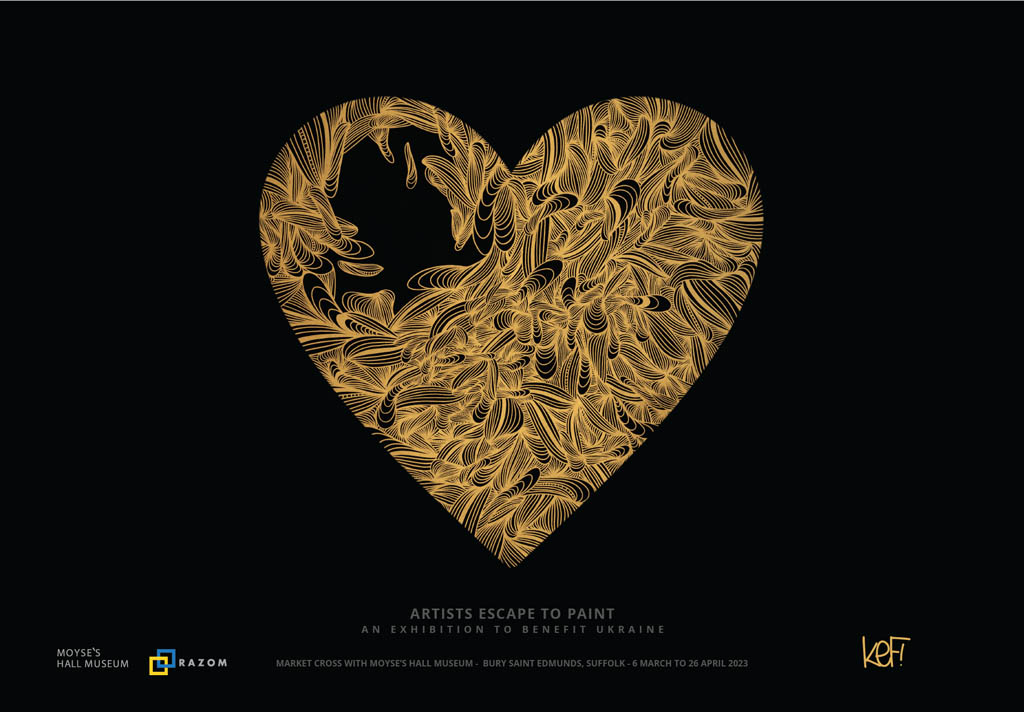
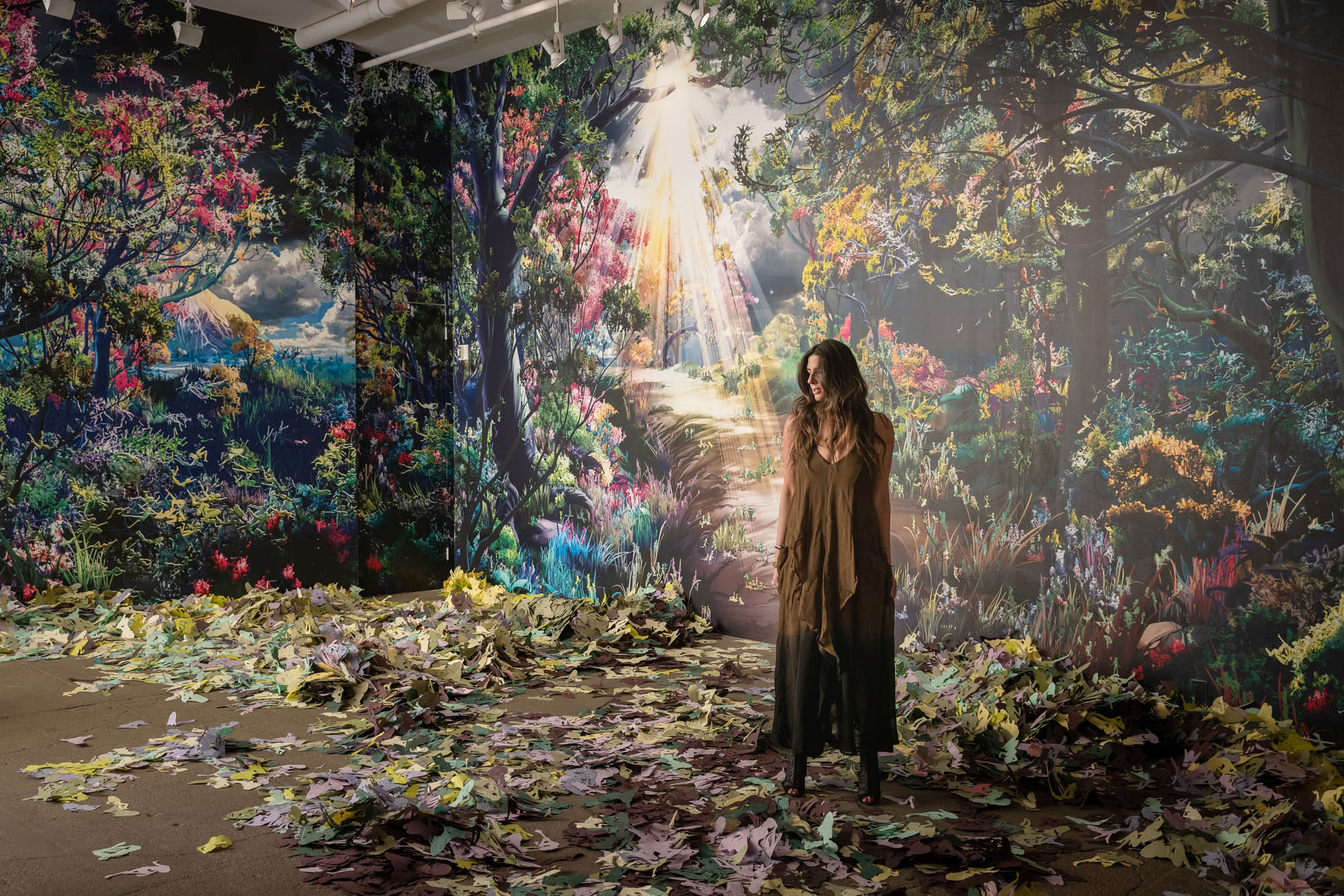
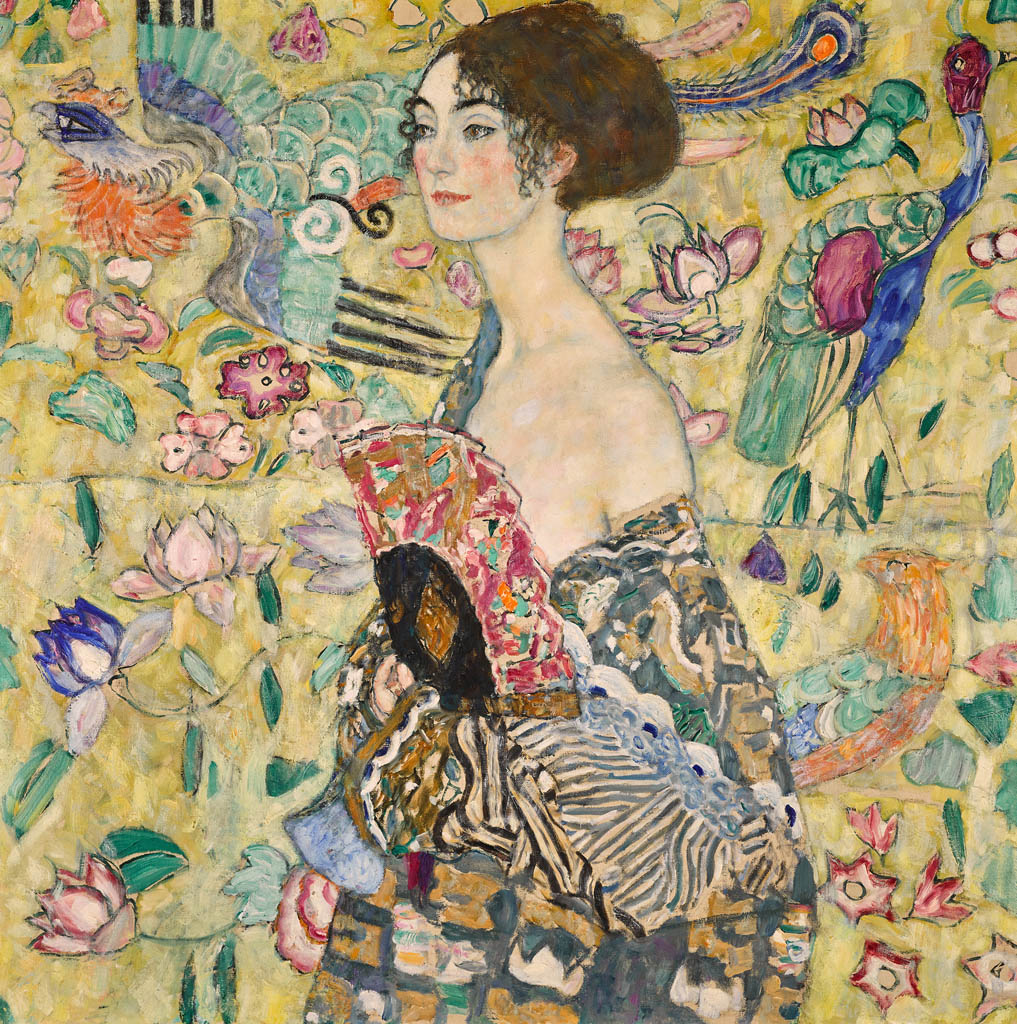
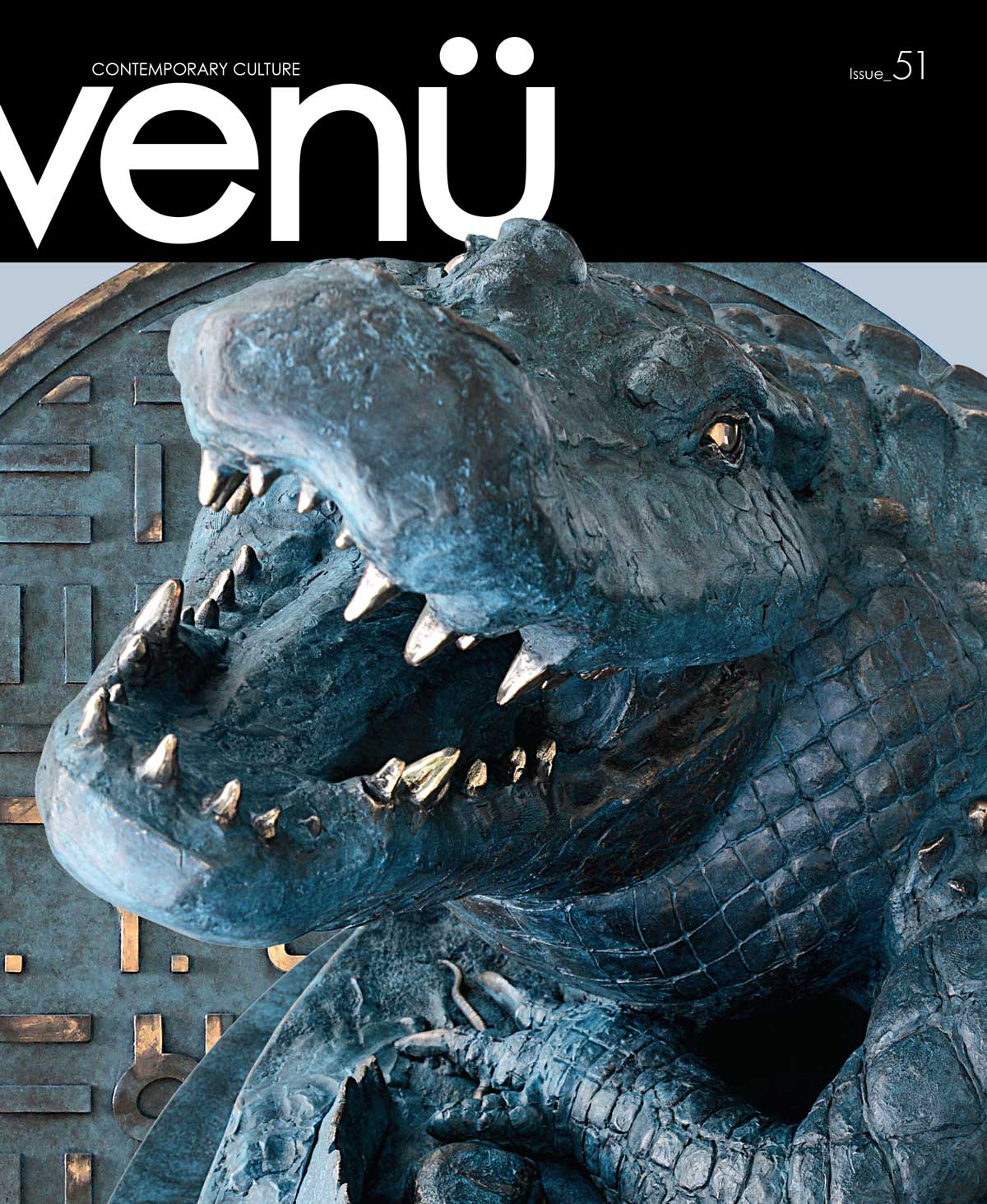
Leave a Reply